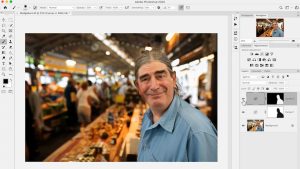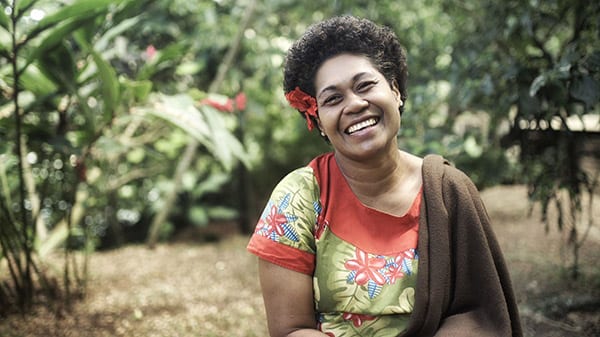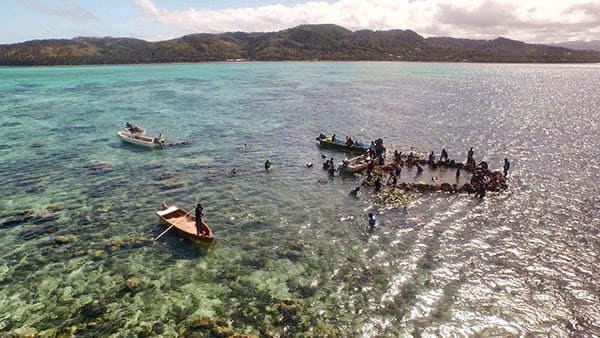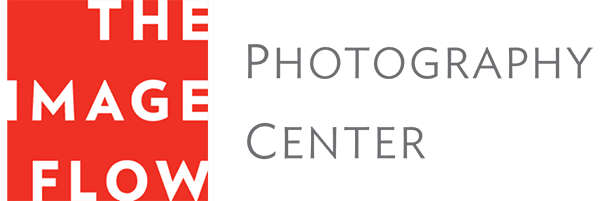

Marin County, CA-based filmmaker Gary Yost is best known for his short film The Invisible Peak about a project to restore the West Peak of Mount Tamalpais to its natural state. The film was shown in numerous film festivals to acclaim and awards. Most recently, Gary was invited to the Fijian island of Vanua Levu by Gavin de Becker, founder of the Naqaqa Giving Foundation to film the indigenous people of that island.
Gary says that for a seemingly simple place, Fiji is remarkably complex. “In just 140 years, Fiji has come from being the world’s most recent cannibal/warrior culture, to being renowned as the happiest place on earth.”
Today, indigenous Fijians, who make up about half of the island nation’s 880,000 inhabitants, are given arable land as a birthright—crops grow so easily that only a few hours of tending a day are required to feed a family—and Fijians live rent and mortgage free. The entire country is obsessed by rugby, seen as a way to channel their warrior heritage.
The Image Flow caught up with Gary in the midst of editing some four terabytes of footage shot during eight weeks in Fiji. Here’s what he had to say:
How did this trip come about?
Gavin De Becker saw some of my work a year ago and asked me to come. It was my first trip to Fiji.
What did you know about Fiji before you went there?
Very little. Before I went there I had done some research, but before I was asked to go, I knew very, very little. I had just a vague understanding of the issues they have been dealing with.
What was your assignment?
I was brought over to be an artist in residence. Gavin trusted that whatever I was going to do would portray the people of that region in their best light. It was really quite an amazing arrangement. He gave me carte blanche.
It was also a bit scary because I had no explicit instructions. I hit the ground there in a new place without any plan. I didn’t take the camera out of the bag much at all for the first couple of weeks. I just spoke to the people and got the lay of the land and things started to develop.
Did you have any notion at all of what you’d film?
My original concept revolved around a particular quality that Fijians have: They hold the concept of childhood in such high regard that it’s very much the goal of the people to maintain the sense of play until the day they die. Going in I expected to explore that aspect of society.
What were your first impressions when you arrived?
The warmth of the people is pretty significant there. They’re so welcoming. They’re very open. And to slow down—Fijians don’t have cars; most people just walk. So the speed at which people move is very human-scaled.

How did your concept for the films change after you arrived?
What struck me right away was how music is so entwined into so many aspects of their lives, and how music and dance are their oral and movement history. It’s how they pass on their history, and how they spend time together—whether it’s farming or playing rugby. The first time I saw a rugby team singing a prayer after they’d won the game—these were big guys, super masculine, and yet they’re all holding hands and singing this beautiful prayer. The project became about exploring how music is woven into the culture. Since I’m also a musician and I appreciated what they were doing, I was able to find musicians there to talk to and to find people who were doing other things where music was part of their life.
What was Gavin’s goal for these films?
Gavin wants to raise awareness for the foundation, to raise visibility for this place. He invites people to come there on sabbatical, like doctors who work at the medical clinic, teachers, or people who teach farming techniques. I made a 35-minute video, Beauty of Fiji Can Make You Cry, to help him introduce the place to the people he’s inviting. In total there will be 10 short films.
What is the next film you’ll work on?
The next film I’m doing after rugby is about a fishing ceremony that happens once every 60 or 70 years. After the chief dies they have a 100-day ban on fishing on the reef, and then they lift the ban and do this amazing ceremony. The ceremony happens a mile offshore, so the people in the village don’t see it, only the 30 or so people involved in the ceremony. I had a drone and was able to film it—I’m probably the first person who’s ever filmed it. This is a major event in Fiji, but most people haven’t ever witnessed it.
After the eight weeks in country and now working through the editing process, what does Fiji mean to you?
It’s an antidote to the madness of the west. It’s so isolated, so it hasn’t been screwed up yet—especially these outer islands. If I was to simplify it all, it’s a healing place.
The videos are currently available on Vimeo, and later Gary plans to present the entire collection on a website called Fiji Sings.

